The History of the Ice-Cream Truck Is Soft Serve and Hard Crime
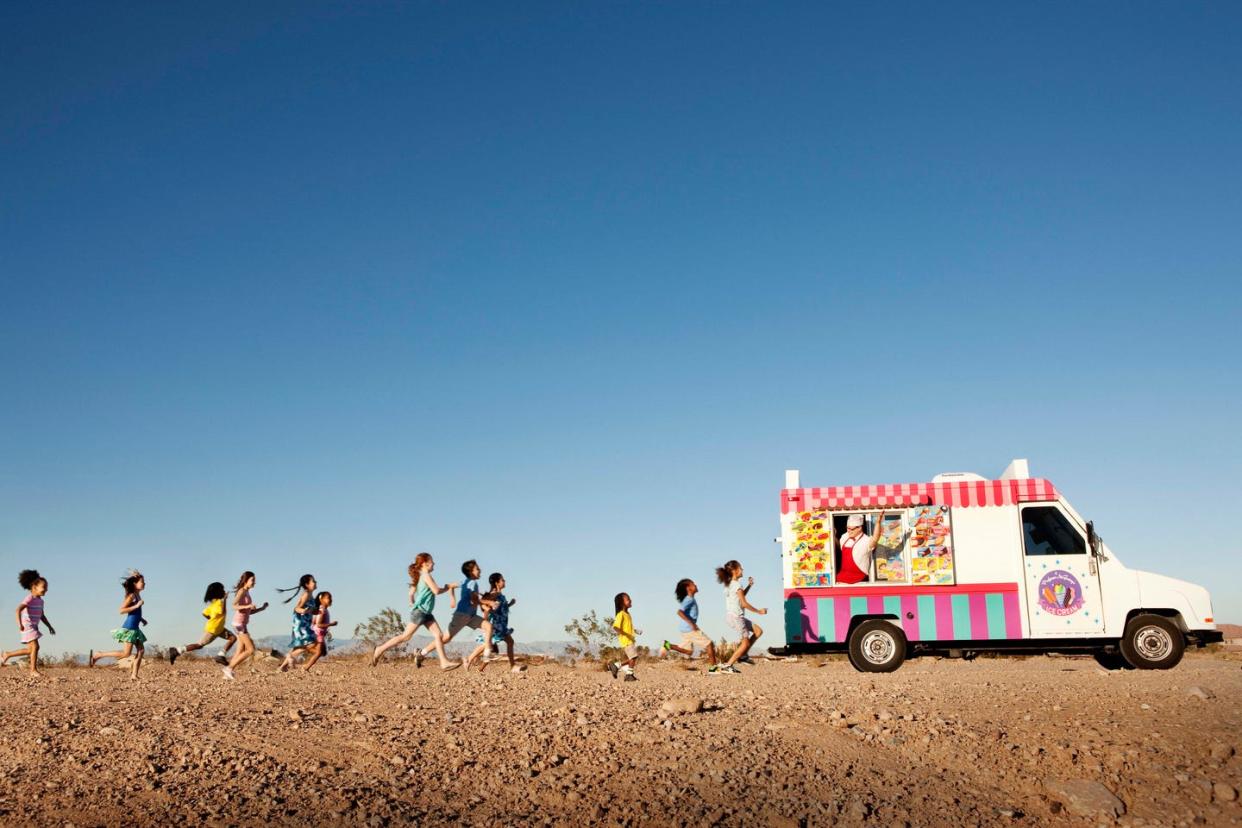
The music-box tunes, the slow cruise, the icy-sweet reward for chasing them down. Nothing feels more sum-sum-summertime than scoring a frozen treat from an ice-cream truck. They are less ubiquitous than they once were, but mobile popsicle sellers still cause kids to abandon the playgrounds or dig in the couch cushions for change when they hear the familiar jingle-jangle.
And yet, the story of ice-cream trucks is not all soft-serve and sprinkles. There have been some bad players along with the Good Humors.
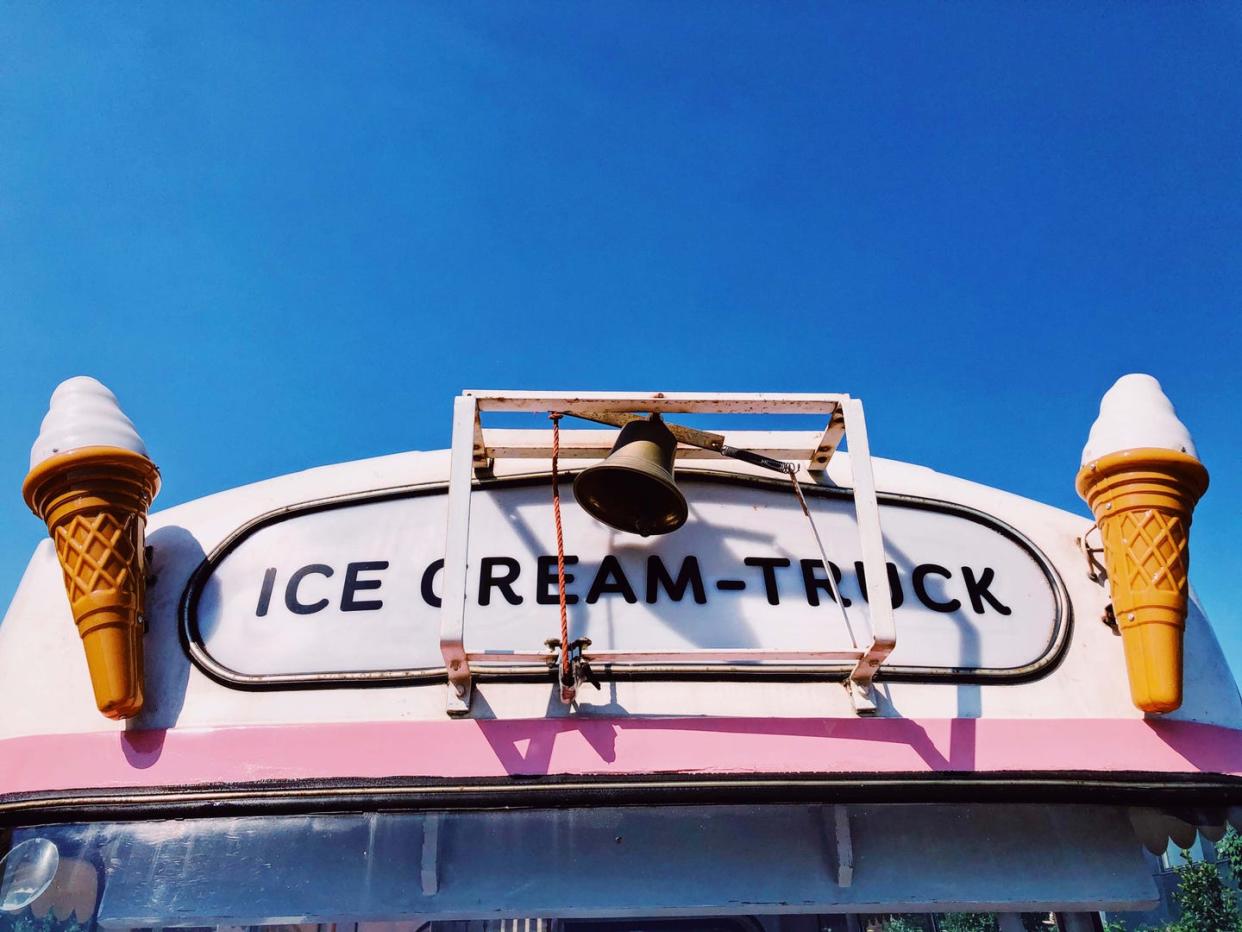
Early Ices
Ice cream itself was invented either in ancient Persia (now Iran) or ancient China, or possibly both, but it took centuries for transportation methods to catch up. In the early 1900s, ice cream was available from pushcart vendors, but it wasn't until an Italian immigrant, patented a cone-making device that it became easy to buy a sweet treat and walk away with it. Before that, ice-cream lovers bought a small scoop in a glass bowl (called a penny lick) that they would have to finish right away and return the bowl. Not only did gulping ice cream quickly lead to brain freeze, it was also unsanitary, and the purchase of ice cream on the street was risky business.
The first ice-cream trucks would change all that, building an image of squeaky-clean snacking that would last for decades. First, though, somebody had to come up with the bright idea of putting ice cream on a stick.
That somebody was Harry Burt of Youngstown, Ohio, and his invention was called the Good Humor bar. It was not a unique innovation; Christian Kent Nelson, also an Ohioan, had come up with a method for coating ice cream with hard chocolate, and Burt essentially copied it. Nelson's invention was successful too, sold as the Eskimo Pie for years and in 2020 renamed the Edy's Pie. Burt's Good Humor bar's key to success was the stick to keep you from getting sticky, and the idea of selling it out of signature branded white trucks.
These early ice-cream trucks weren't the kind you see today but pickups with bed-mounted refrigeration units. In order to sell the frozen Good Humor bars, the driver would have to step out of the cab and walk around to the back of the truck. Some of the first trucks to hit the road in the 1920s were Ford Model Ts, and the Good Humor truck would keep its basic layout right into the 1950s. Originally, Burt used the bells off his son's bobsled for the prototype trucks, meaning that the jingle has always been part of ice-cream-truck history.
Part of Good Humor's popularity and longevity was the well-scrubbed image of its fleet. The idea was to put the ice-cream sellers on the same trusted figure platform as a firefighter or police officer, and along with the all-white uniform with cap and belt-mounted coin dispenser, three days of training were required before a driver got the keys to the freezer. Burt died in 1926, but he'd grown his company to the point that a businessman named Thomas J. Brimer had no trouble branching out the Good Humor brand into the eastern United States, including opening a franchise in Chicago in the 1920s.
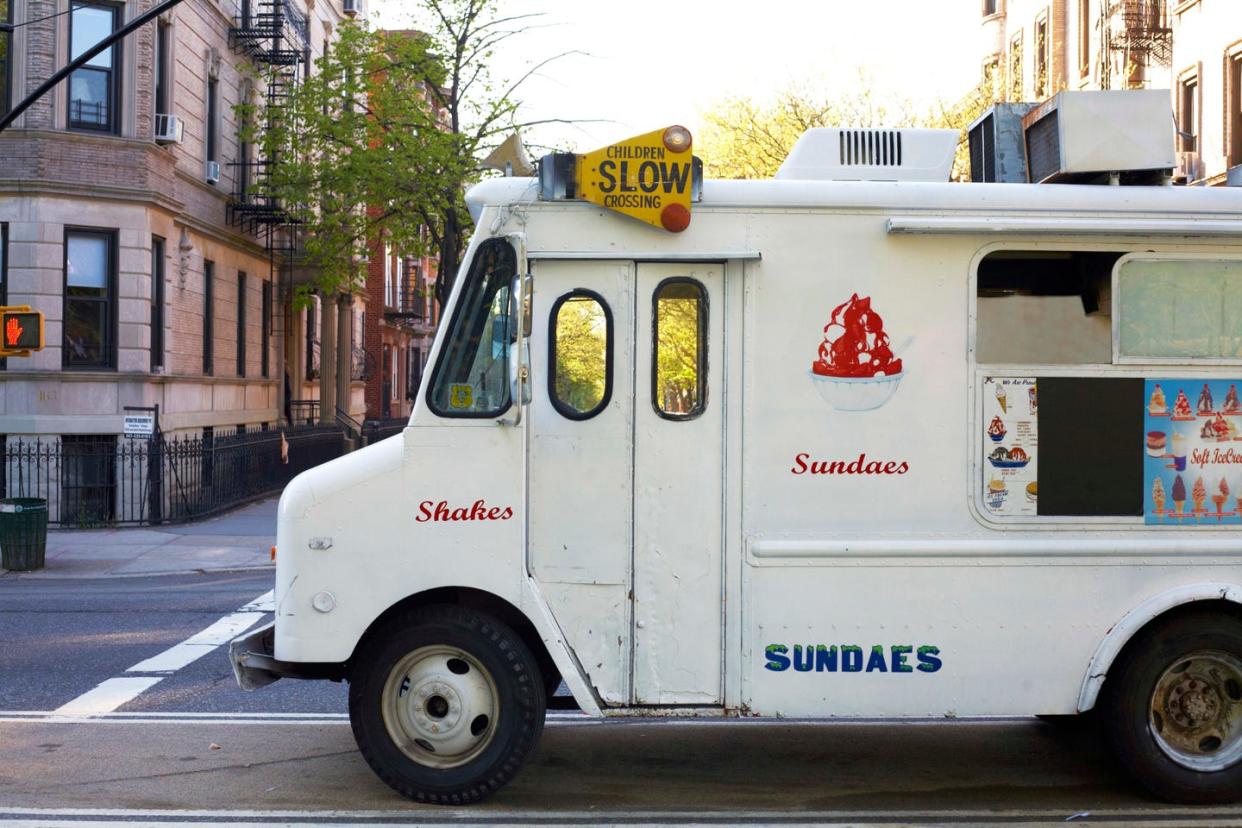
Screamsicles
Things should have been going great for Brimer. It was smack dab in the middle of the Prohibition era, and ice cream was among the few affordable and legal treats, but just months after the infamous Valentine's Day Massacre, the gangsters came for Good Humor.
After attempting to shake down Good Humor for $5000 in protection money, unknown arsonists planted two bombs at the Good Humor factory on Armitage Avenue. The resulting explosion took out two trucks and a lot of ice-cream manufacturing equipment.
Despite the damage, the (alleged) mob hit ended up boosting Good Humor's fortunes. The brand's unwillingness to bow to underworld pressure further burnished the company's do-good image. Good Humor trucks survived the Great Depression and World War II, and by 1950 there were some 2000 of them plying U.S. roads. Eventually, the Good Humor truck was killed off by the fuel crisis of the 1970s, with the company moving its focus to grocery-store sales. Today, original remaining examples of the trucks are niche collectibles, with values that can top six digits at auction.
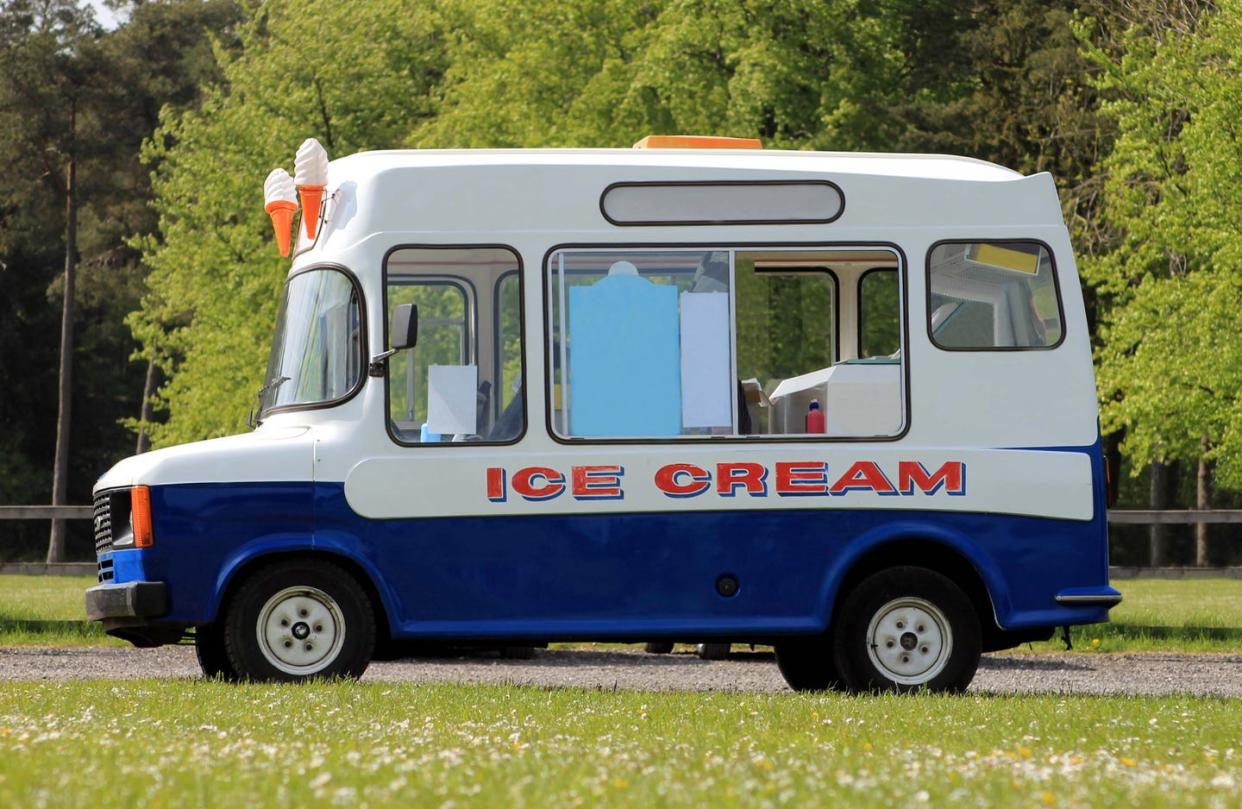
Speak Soft, Hit Hard
On Saint Patrick's Day 1956, Irish-American brothers James and William Conway drove their converted Chevy panel van across Philadelphia, ladling out green-hued soft-serve ice cream. Both men were military veterans—William from World War II, James from the Korean War—and both already had families. Their ice-cream van represented risky entrepreneurship, but it was going to pay off. Today, the Conway family still runs the company the two men founded: Mister Softee, the largest franchiser in America of soft-serve ice cream.
Mister Softee founders are responsible for what we now think of as the modern ice-cream truck. In the 1950s, the Conway brothers were working for the Sweden Freezer Manufacturing Company, which built milkshake machines and equipment to dispense soft-serve ice cream. Harvey Swenson, the founder of the company, was an inveterate tinkerer and is credited as the inventor of both the modern milkshake machine and the equipment used for kidney dialysis.
The Conways noted that people were already mounting soft-serve ice-cream equipment in trucks and driving them around, but the equipment was getting wrecked by harsh use and amateurish installation (soft-serve machines are more sensitive to bumps and bangs than frozen Popsicles). They went to their bosses at Sweden Freezer with the idea to perfect an ice-cream truck, but apparently the higher-ups weren't interested, so the brothers did it themselves.
Today, Mister Softee is such a cultural icon that its jingle is immediately recognizable to all but the youngest of ice-cream fans. It's even a central point in an episode of Curb Your Enthusiasm. In real life, the jingle—written by legendary adman and prankster Les Waas—was almost banned by New York mayor Mike Bloomberg in 2004 during his crackdown on city noise. The city relented when New Yorkers protested, and the compromise was that the trucks can only play the song while moving and must turn it off while parked.
Listen for my store on wheels ding-a-ling down the street
The creamiest dreamiest soft ice cream
You get from Mister Softee
For a refreshing delight supreme
Look for Mister Softee
S-O-F-T Double-E
Mister Softee!
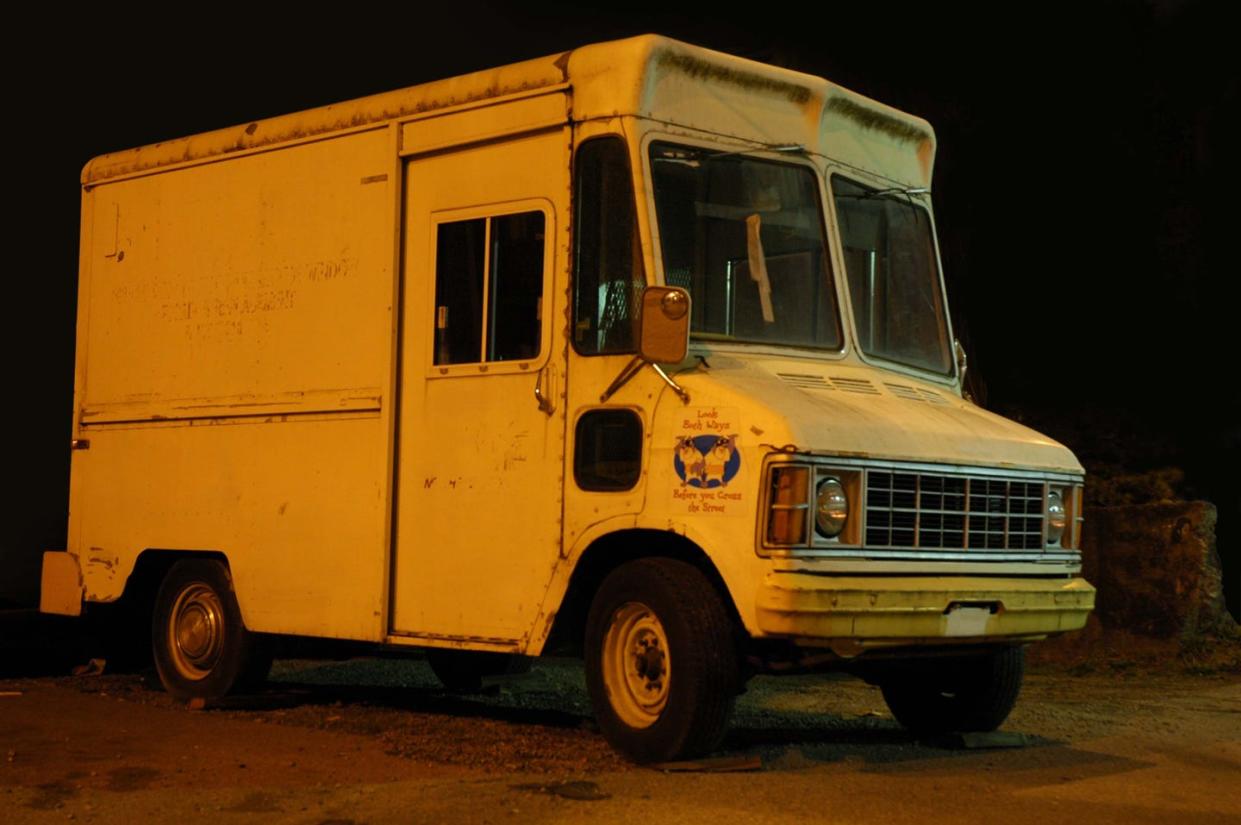
The Ice-Cream Wars
The expansion of Mister Softee in New York was not without its difficulties. In fact, large sections of midtown are now occupied by the New York Ice Cream Co., a rival outfit set up by renegade former Mister Softee employees. But turf wars are nothing new to ice cream trucks.
In Scotland, for instance, the ice-cream van has something of a dubious past because of its central part in the Glasgow Ice Cream Wars. Glasgow was a rough-and-tumble place in the early 1980s, and a poorly planned housing boom in the East End neighborhood led to a serious problem. Newly built neighborhoods were inconveniently far away from supermarkets, so enterprising types started selling all manner of household goods out of the back of ice-cream vans. Quickly, the criminal element realized the vans were a perfect cover for the distribution of drugs and stolen goods.
Violence followed. Ice-cream vans were smashed or shot up overnight. Criminals fought over turf and roughed up rival and resistant truck owners. Things came to a head with a fatal arson attack on the home of a young ice-cream-van driver who refused to sell drugs for the gangsters. Andrew Doyle survived the attack, but six of his family members perished in the blaze. Two men went to prison for the crime, but the trials were long and contentious, with many in Glasgow believing the true murderers were never found.
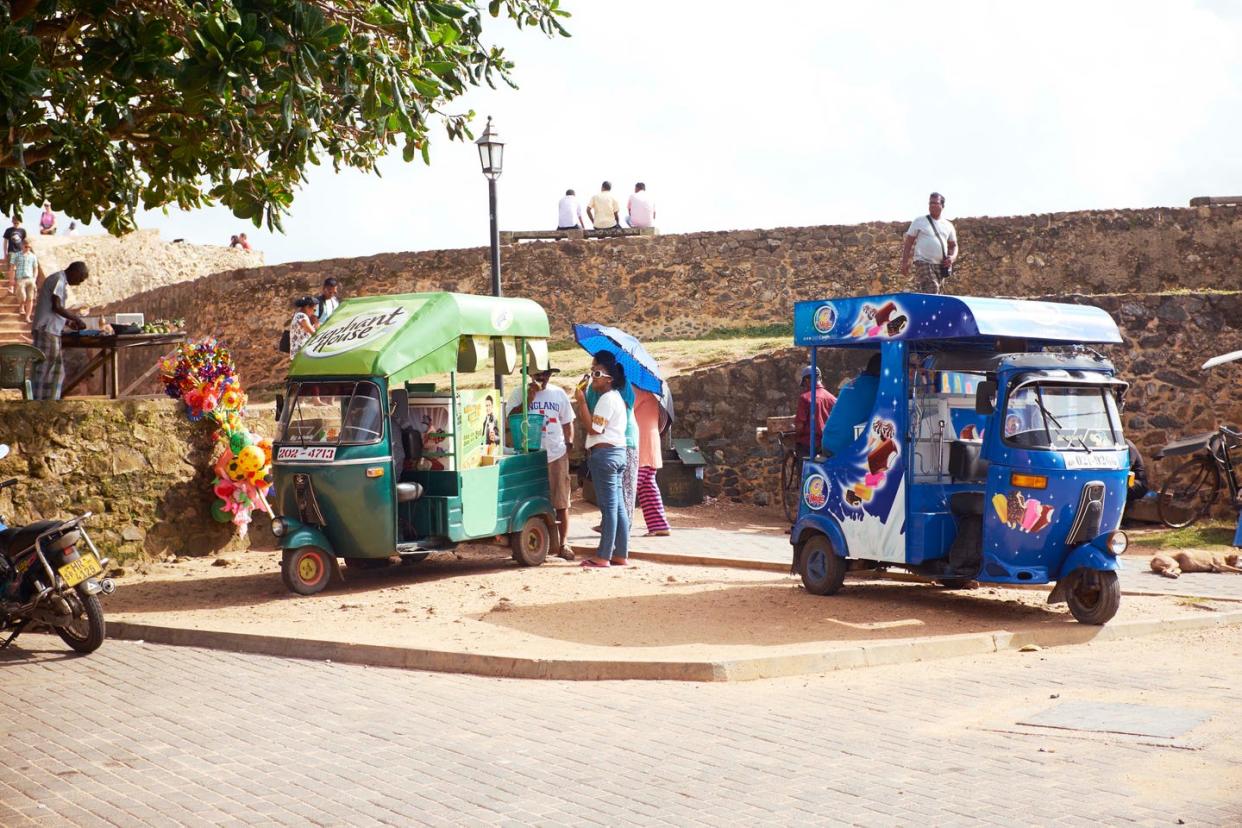
Forecast: Sprinkles
Today, most ice-cream trucks are of the converted step van variety pioneered by Mister Softee, selling ice cream out of a side window. It's still the most popular ice-cream truck, and there are more than 600 Mister Softee trucks currently operating in the U.S., all with the basic choice of vanilla or chocolate, plus regional variations and individual franchisee tweaks.
There's a small subset of niche ice-cream vans built out of vintage cars, but these are mostly towed into place in the manner of a pop-up shop in a trailer. For the most part, small-business owners looking to set up an ice-cream truck choose a dependable workhorse, then decorate it with bright colors to lure clients.
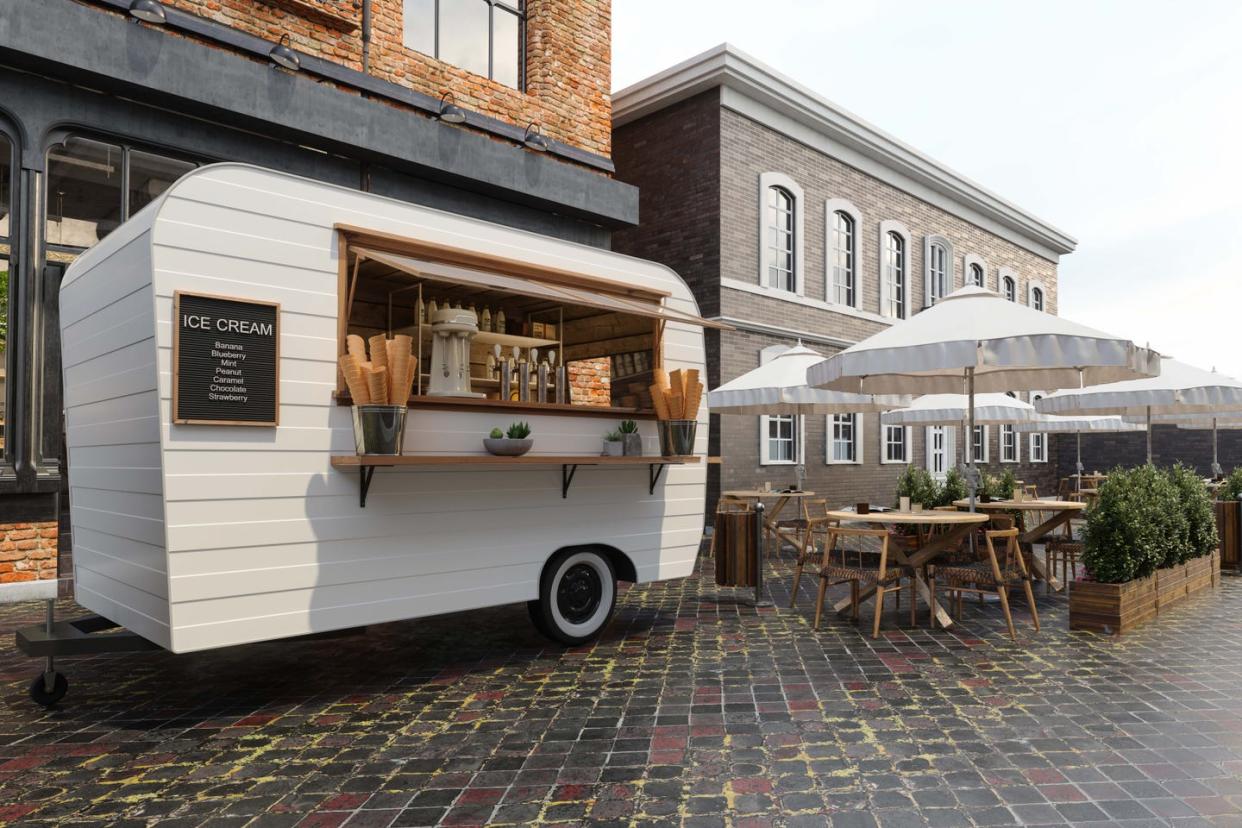
The modern addition to the ice-cream-truck legacy is the popularity of food trucks and food-truck meetups. These days, you might be more likely to buy a $12 scoop of artisan gelato from a Chevy P30 at local food-truck festival than a $1 strawberry shortcake bar from a vintage Ford, but you can still hum the Good Humor song while you do it.
You Might Also Like





